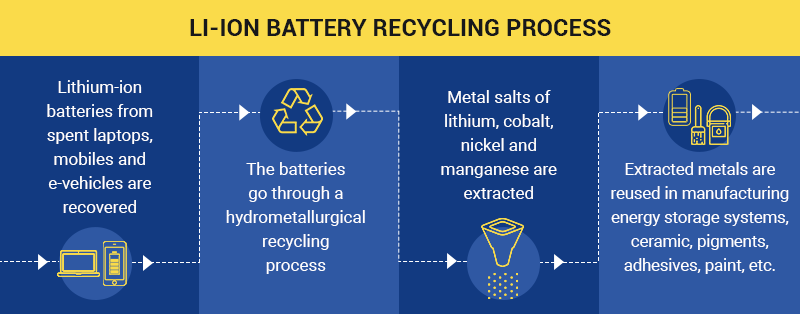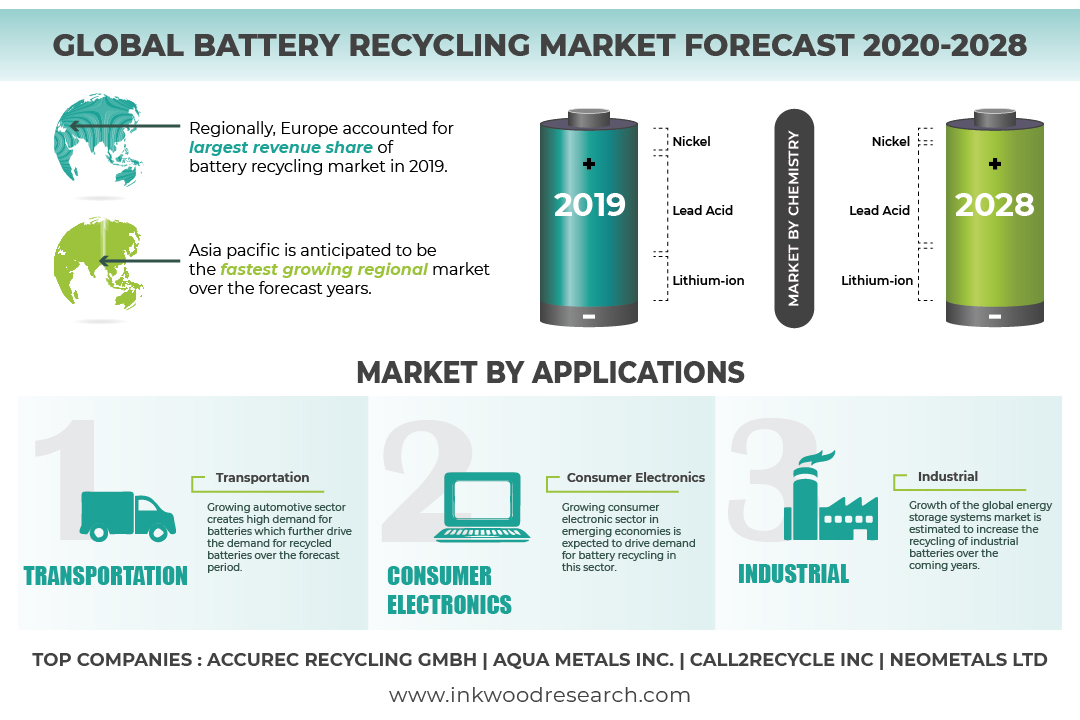With countries still running after the Li-Ion batteries, they have been termed as obsolete.
They find uses in consumer goods like cell phones, laptops, other electronics, and even in several industries as a critical input.
The best use that makes them most desirable is their inherited use in Electric Vehicles or EVs. Lithium-ion batteries give life to electric mobility dreams in actuality.
This is because Lithium-ion batteries constitute the most important part of these green vehicles, covering up nearly 50 per cent of their total cost.
Without proper access to these batteries, sustainable mobility has been deemed to remain only a far-fetched idea.
Why the Electric Vehicles are being promoted in the world?
The world and its conventions vouch for the use of Electric Vehicles because of their comparative advantages in conserving the environment.
The second reason, for a country like India, to look for this option, remains the wide ForEx (Foreign Exchange) imbalance we face from importing oil into the country to derive energy.
But certain challenges in handling the very Lithium we regarded as our saviour, have led us to relinquish the same, only within a few decades to count.
For one, India has no significant source of metals like cobalt or lithium, to be used in EVs.
In addition to this, most of the Lithium supplies (97 per cent) are controlled by China, and its availability in the free market faces disruptions with any gap in bilateral relations.
Their treatment and disposal after the end-life as they are hazardous and at times explosive in nature.
Hence their security is to be ensured through proper recycling, in an environmentally friendly way without disparaging more lives, it meant to save all along.
Consequently, there have been alternatives like Lithium-metal batteries or Aluminium-air battery etc., coming into the EV market.
Moreover, as an expert explains: “EV-packs are complex to disassemble into individual cells, so recyclers are left to discharge packs in conductive baths before mechanically shredding them into a mix of constituent materials”.
“Furthermore, currently new batteries cost less to produce, hence disincentivizing battery recycling as the value of recovered material is reduced.”
But it is worth noting how certain firms in India have patented this technology to proceed.
Why is recycling needed?
30 percent of a single Li-ion cell is composed of the required metals, including the genuinely difficult to acquire cobalt, graphite, lithium, nickel, manganese, copper etc.
If attempted in the best of pathways, Cobalt(battery-grade) with even 98 percent of purity, or pharmaceutical-grade Lithium carbonate etc., can be extracted successfully.
Apart from finding uses in Li-Ion batteries again, they can also be used as a component in psychotropic drugs.
Due to diverse limitations in the acquisition of these rarities, recycling seems to be the best available imperative.
For example, 70 per cent of the cobalt in the world find its way from DR Congo region where this is achieved using child labour and terrorist regimes.
In addition to the above benefit, we do not scorch or excavate Earth’s lithosphere to get hold of these hefty minerals.
Thus, to ensure a smooth energy transition, offer decent growth to electric mobility and make an Atmanirbhar Bharat, India will need to ensure the investments flowing in the sector.
Lithium-ion recycling and the world:
A new report by Wood Mackenzie has attempted to visualize the expected EV penetration in the world market to reach 23 per cent by 2030.
And subsequently, the batteries’ demand is expected to shoot up to 89 per cent by 2040, from the existing demand and this rise can be attributed more to the auto sector.
The lead author of the report explains: “The Li-ion battery demand market can fluctuate over months and expand upstream and midstream to produce battery materials involves lead times of several years”.
“As it is a new industry, there is the limited historic capacity to flip the switch on, and yet many see this as a ripe environment for recycling to make a tangible impact.”
Throwing further light on the green mobility sector in this decade, the report mentioned:
“The supply chain will further establish itself to be able to supply vast quantities of battery-grade chemicals and cathodes to cell manufacturers, whilst the recyclers will struggle with the large mass and complexity of EV-packs.”
Another limitation when it comes to recycling the batteries is their increasingly long lifespan i.e., up to 15 years.
Because of this, the report says there is a lack of secondary supply from recycling which is evident.
And the total capacity of planned recycling facilities might see an available feedstock grow high in 2030 when the end-of-life EVs begin to vanish from the markets.
Will China continue to rule the EV market even in this decade?
China has worked on developing more integrated raw material supply chains than any other country and therefore, will remain the most appealing location for investment in battery recycling.
India stands right at the threshold of another revolution and it will only yield if we use the very opportunity we have now, begin restructuring our supply chains and break redundant batteries safely to ensure availability.
We possess the technology required to recycle Li-Ion batteries that can help us solve the hazardous electronic waste problem and become an aspiring leader in the production of green batteries.




